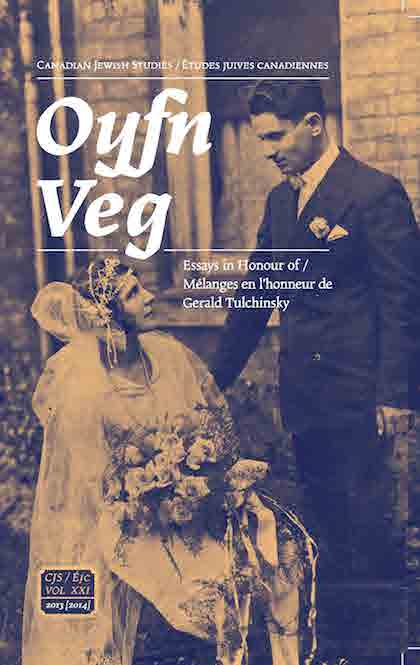Ethnic, Class and Gender Dynamics among Jewish Labour Activists and Jewish Human Rights Activists
DOI:
https://doi.org/10.25071/1916-0925.39914Abstract
Rabbi Solomon Jacobs, “of the assimilationist synagogue” (Holy Blossom, which represented mostly the old community of middle-class, English Jews), was accused of playing an “ugly role” during the 1910 strike of Toronto cloakmakers. According to Abe Kirzner, a prominent Yiddish-speaking trade unionist and socialist, the rabbi preached that “Jews must not rebel and that this [strike] is a disgrace in the eyes of the Gentiles.” This is just one example of the conflicts that sometimes sharply divided Jewish communities in Canada. Our exploration of these issues in this paper is a tribute to Jerry Tulchinsky’s broad and inclusive approach to Canadian Jewish history. His detailed survey of Jewish history examines both middle-class and working-class Jews, while his most recent book focuses on the life of Joe Salsberg, a prominent left-wing labour activist. In this paper, we draw on examples from Toronto, Montreal, and Winnipeg to explore the historical interplay of Jewish identity, class politics, and gender dynamics in the Jewish labour movement from the turn of the twentieth century to the Second World War and in the postwar human rights campaigns.Downloads
How to Cite
Issue
Section
License
Canadian Jewish Studies/ Études juives canadiennes is a journal dedicated to the open exchange of information; therefore the author agrees that the work published in the journal be made available to the public under a Creative Commons Attribution-Noncommercial-No Derivative Works 4.0 Unported License. The publisher (Association for Canadian Jewish Studies / Association d'études juives canadiennes) recognizes the author's intellectual property rights; authors retain copyright over their work. The author grants the publisher first serial publication rights and the non-exclusive right to mount, preserve, and distribute the intellectual property. The journal is digitized and published on the open access website http://pi.library.yorku.ca/ojs/index.php/cjs/index.







